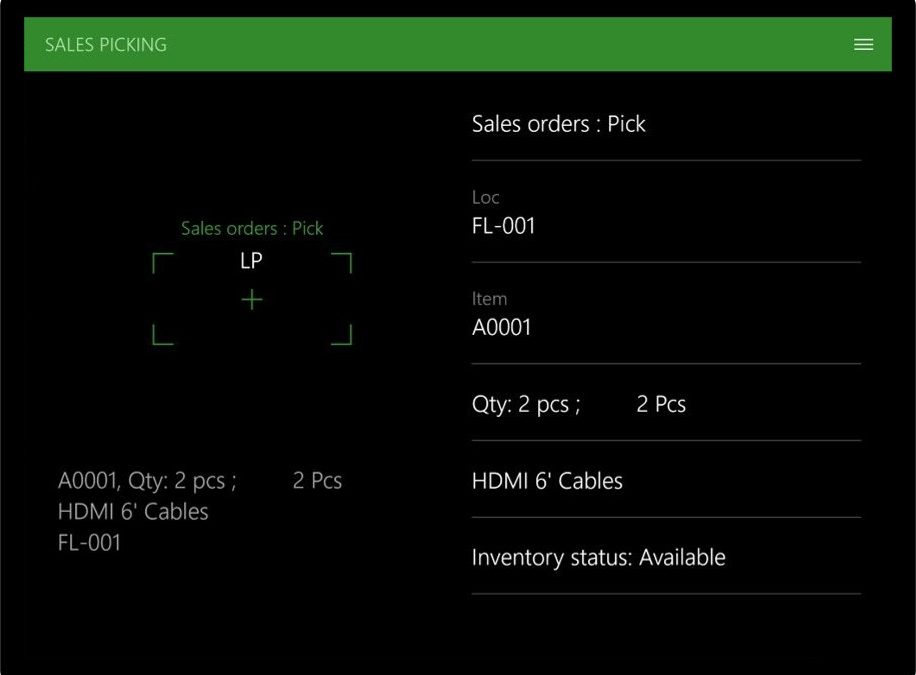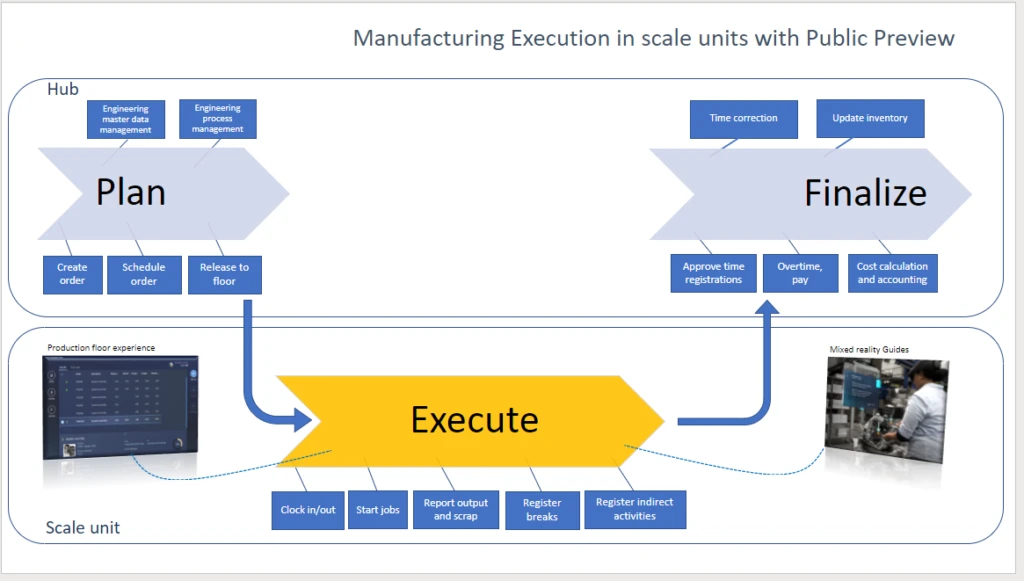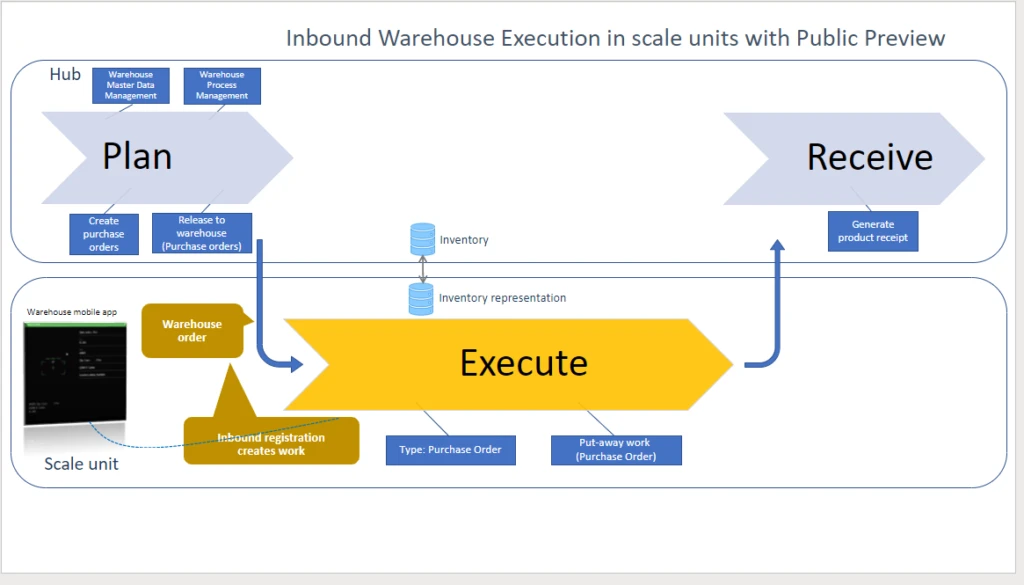
Announcing two new Microsoft Dynamics 365 Fundamentals certifications!
This article is contributed. See the original author and article here.
People in many different roles and at various stages in their careers can all benefit from the two new fundamentals certifications being added to the Microsoft training and certification portfolio: Microsoft Certified: Dynamics 365 Fundamentals Customer Engagement Apps (CRM) and Microsoft Certified: Dynamics 365 Fundamentals Finance and Operations Apps (ERP). With more and more businesses using Microsoft Dynamics 365, and a growing need for people skilled in using it to help take advantage of its potential, the opportunities for people who can demonstrate their skill with certification are also increasing. See if these two new certifications can help you advance your career.
Microsoft Certified: Dynamics 365 Fundamentals Customer Engagement Apps (CRM)
The training for this certification gives you a broad understanding of the customer engagement capabilities of Dynamics 365. It covers the specific capabilities, apps, components, and life cycles of Dynamics 365 Marketing, Sales, Customer Service, Field Service, and Project Operations, and also the features they share, such as common customer engagement features, reporting capabilities, and integration options. Exam MB-910: Dynamics 365 Fundamentals: Customer Engagement apps (CRM), which you must pass to earn this certification, measures skills in these areas. There are no prerequisites for this certification.
Is this certification right for you?
If you want to gain broad exposure to the customer engagement capabilities of Dynamics 365, and you’re familiar with business operations and IT savvy—with either general knowledge or work experience in information technology (IT) and customer relationship management (CRM)—this certification is for you. Acquiring these skills and getting certified to validate them can help you advance, no matter where you are in your career or what your role is. Here are just a few examples of who can benefit from this certification:
- IT professionals who want to show a general understanding of the applications they work with
- Business stakeholders or people who use Dynamics 365 and want to validate their skills and experience.
- Developers who want to highlight their understanding of business operations and CRM.
- Student, recent graduates, or people changing careers who want to leverage Dynamics 365 customer engagement capabilities to move to the next level.
Microsoft Certified: Dynamics 365 Fundamentals Finance and Operations Apps (ERP)
The training for this certification covers the capabilities, strategies, and components of these finance and operations areas: Supply Chain Management, Finance, Commerce, Human Resources, Project Operations, and Business Central, along with their shared features, such as reporting capabilities and integration options. Exam-MB-920: Dynamics 365 Fundamentals: Finance and Operations apps (ERP), which you must pass to earn this certification, measures skills in these areas. There are no prerequisites for this certification.
Is this certification for you?
If you’re looking for broad exposure to the enterprise resource planning (ERP) capabilities of Dynamics 365 and a better understanding of how finance and operations apps fit within the Microsoft ecosystem—and how to put them to work in an organization—this certification is for you. People who are familiar with business operations, have a fundamental understanding of financial principles, and are IT savvy—with either general knowledge or work experience in IT and the basics of ERP—are good candidates for this certification.
By earning this fundamentals certification, you will gain the skills to solve ERP problems and you can validate those skills to current or potential employers, helping to open career doors. If one of the following groups describes you, earning this certification can benefit you.
- IT professionals who want to highlight their broad understanding of the applications they work with
- Technical professionals and business decision makers who are exploring how Dynamics 365 functionality can integrate with apps they’re using.
- Business stakeholders and others who use Dynamics 365 and want to learn more.
- Developers who want to show a deeper understanding of business operations, finance, and ERP.
- Students, recent graduates, and people changing careers who want to leverage Dynamics 365 finance and operations apps to move to the next level.
Exam MB-901 is being retired
The two exams associated with these new certifications, Exam MB-910 and MB-920, are replacing Exam MB-901: Microsoft Dynamics Fundamentals. Exam MB-901 will expire on June 30, 2021. After that date, it will no longer be available for you to take – only MB-910 and MB-920 will be – so if you’re currently preparing for MB-901, make sure you take and pass that exam before June 30, 2021.
Explore these two new fundamentals certifications and other Dynamics 365 and Microsoft Power Platform fundamentals certifications. While you’re looking for ways to build and validate skills to stay current and enhance your career, why not browse the 16 Dynamics 365 and Microsoft Power Platform role-based certifications too? Find a training and certification that’s a perfect match for where you are now.








Recent Comments